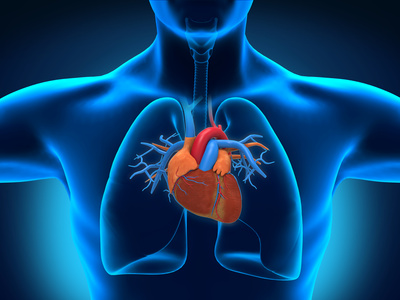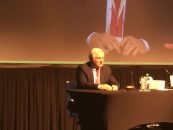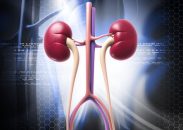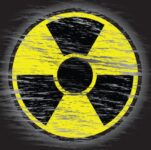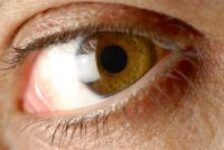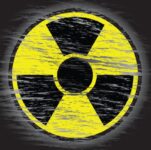Read articles on the main presentations of the third day of SOLACI-CACI 2017 Congress. See the presentation by Dr. Flavio Ribichini, entitled “Can the new platforms change the practice?”. We are interested in your opinion. Please, leave your comments, thoughts, questions, etc., below. They will be most welcome.
Roberto Canessa at SOLACI-CACI 2017
The children cardiologist, known for being one of the 16 survivors of the Andes infamous tragedy, gave an open talk at SOLACI-CACI 2017. The activity, focused on how to deal with adversity in hostile contexts, presented an interesting (and therefore necessary) counterpoint to the scientific and educational tone of the Congress. In this regard,…
Nearly half of interventional cardiologists may have pre-cataract lesions
This statement is based on eye exams conducted during the last SCAI meeting (Society for Cardiovascular Angiography and Interventions), where 47% of evaluated operators had radiation related lesions in their crystalline. In time, these might turn into cataract. Studies on astronauts and Chernobyl survivors have shown a clear association between ionizing radiation and crystalline damage,…
Prevention of Contrast-Induced Nephropathy by Hemodynamic Index–Guided Fluid Administration
Original Titlte: Prevention of Contrast-Induced Nephropathy by Central Venous Pressure–Guided Fluid Administration in Chronic Kidney Disease and Congestive Heart Failure Patients. Reference: GengQian et al. JACC: Cardiovascular interventions 2015 Courtesy of Dr. Agustín Vecchia. Hospital Alemán, Buenos Aires, Argentina. The aim of this study was to assess a venous pressure guided hydration technique in patients with…
Fluorography reduces radiation exposure of patients and operators without affecting the effectiveness of diagnostic coronary angiography
Original title: Effectiveness of Fluorography Versus Cineangiography at Reducing Radiation Exposure During Diagnostic Coronary Angiography. Reference: Shah B et al. Am J Cardiol. 2014 Apr 1;113(7):1093-8. Coronary angiography is the gold standard for defining obstructive coronary disease. However, radiation exposure remains an unclear and unwanted risk. The aim of this study was to determine whether the new digital…
The RELID study about radiation related cataracts was the ´Editor Award´ winner of JVIR as the Outstanding Clinical Research Paper for 2013
The development of interventional cardiology has led us to successfully treat injuries and angiographic situations increasingly complex. This goes along that often the length of procedures is increasing automatically leading to increased fluoroscopy time and film images. The result, often unnoticed, is the possibility of the appearance of irradiation injuries in our patients or in…
Radiation-associated Lens Opacities in Catheterization Personnel: Results of a Survey and Direct Assessments
The development of interventional cardiology has led us to successfully treat injuries and angiographic situations increasingly complex. This goes along that often the length of procedures is increasing automatically leading to increased fluoroscopy time and film images. The result, often unnoticed, is the possibility of the appearance of irradiation injuries in our patients or in…
Recommendations on occupational radiation protection in interventional cardiology
The evolution in experience of the operators together with the continuous improvement of devices have allowed new procedures that we did not perform a few years ago and that we never imagined possible, not even for the most enthusiastic of interventional cardiologists. Not a huge intellectual effort is required to say that the future…
